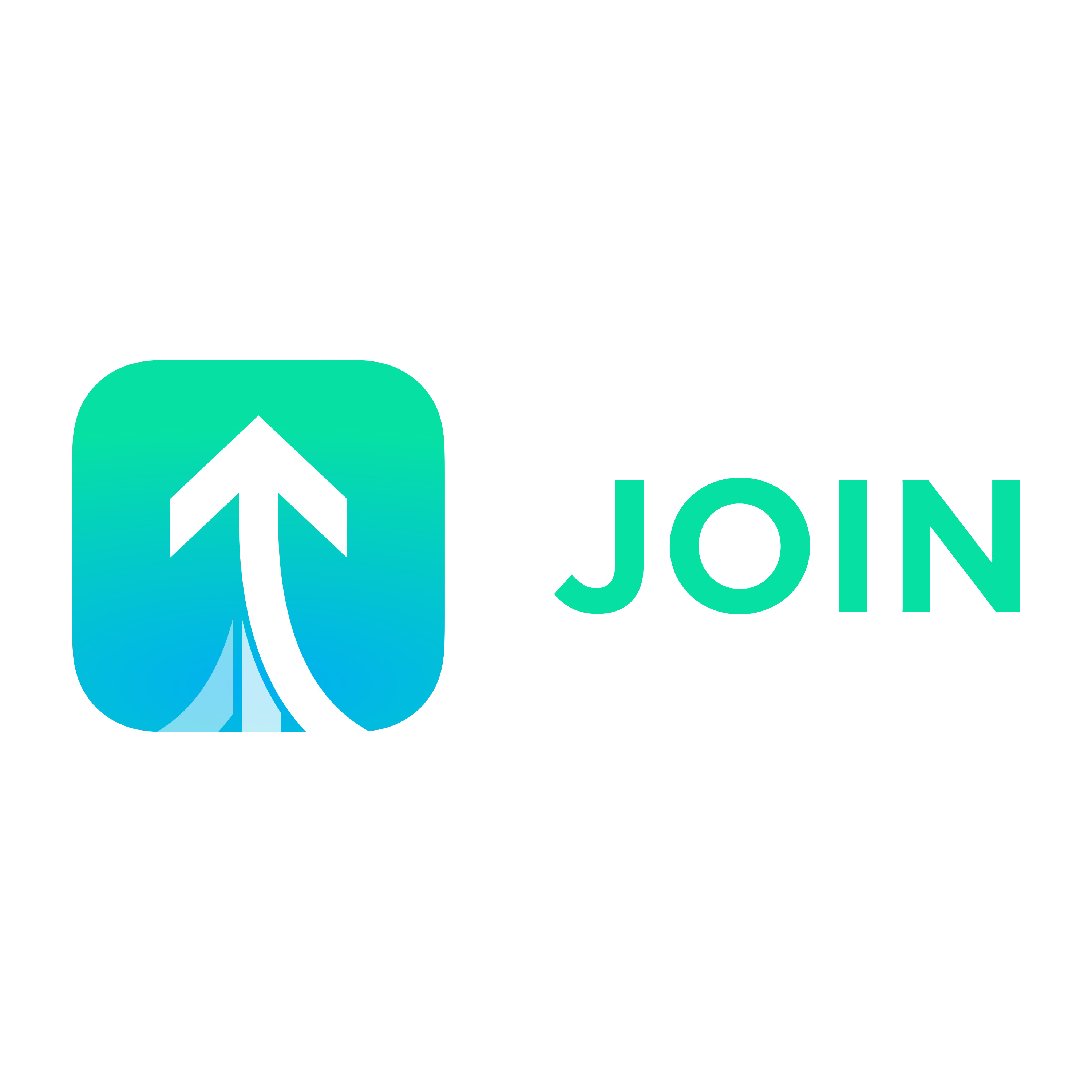STRAVA | JOIN Cycling
Sponsored article
It's All About the Basics: 4 Lessons Amateurs Can Learn from a World Tour Cyclist's Training
Ride
, by Greg Heil


The lives and training of professional athletes are often mysterious and difficult to understand—and that applies to professional cyclists like any other sport. While many pros post their rides on Strava, very few make all of their workouts public for you—and their competitors—to see. Instead, they often hold back certain efforts to maintain a competitive edge.
In an attempt to peek through the veil of mystery, we sat down with renowned cycling coach Jim van den Berg to learn what a World Tour cyclist's training program actually looks like. Jim spent over a decade training professional cyclists—including several well-known names from the World Tour, such as Taco van der Hoorn, Pascal Eenkhoorn, Dylan Groenewegen and Thomas Dekker before selling his previous training company and founding JOIN Sports and the JOIN Cycling app in 2020. JOIN Cycling helps cyclists of all skill levels optimize their training through its adaptive training program.
KICKSTART YOUR 2024 CYCLING SEASON: Take on the JOIN Challenge now
There's so much that amateurs can learn from a professional World Tour cyclist's training plan... but the key takeaways might surprise you.
1. Stick to the Basics: Get Enough Training Volume In
Amateur cyclists will often look at a World Tour pro's training and think that it consists of extremely complex workouts, such as 30/15s intervals with a focus on lactate shuttling—the works. But that couldn't be further from the truth.
"The truth of the matter is, it's actually the other way around," said Jim. "In a training plan, there are some of those pretty complex key workouts, but those are the exceptions. Most of it consists of base training— getting the volume in. Those workouts can be group rides and things like that."
Jim likens it to the Instagram fallacy, where people on the outside looking in think that the 5% of really complex workouts are what the other 95% of a pro rider's schedule looks like—when the pros are mostly just spending time on their bikes pedaling plenty of miles every single day.
The key to becoming a better cyclist is to ride your bike more. If that sounds too simple or too basic to you, then you might be overcomplicating your training.
2. Focus on Frequency
"If you look at a training plan, there are only three knobs that you can turn: frequency, volume, and intensity. [Those are] the three ingredients. There's nothing more to it than that."
When it comes to twisting those three knobs, Jim finds that amateurs often overload their training with intensity yet don't have enough frequency in their weeks. "It's pretty common for an amateur cyclist to do eight hours a week, and out of those eight hours, there's like one four- or five-hour session. Let's say she is doing three rides a week—then the other two are only one and a half hours."
"A lot of amateur cyclists just destroy themselves a bit too much on those epic weekend rides."
This example training load is totally out of whack. Take, for example, a pro cyclist who's training 25 hours per week: she won't do more than four or five hours in her longest training session—which is the same as our example amateur. Instead, the pro is on the bike six days per week. They might not be riding an insane amount of distance during every ride, but the consistency—the frequency—is the secret ingredient over time.
"The amateur can learn from the pro cyclist because. . .they exhaust themselves on this Sunday or Saturday ride of four or five hours, and then they take two or three days off the bike. The recovery process just takes way too long and the intensity of the other rides they do that week are really hampered because they did too much on a Saturday or a Sunday."
3. Training Needs to Be Sustainable over the Long Term
While weight training in the gym is a critical component for many professional cyclists' success, Jim says that even pros need to focus on creating a gym and training regiment that is sustainable over the long term. It doesn't matter if you can double down and work out intensely for a month or two—you need to find workouts you enjoy enough to sustain for at least five months... or longer.
If you absolutely hate some of your gym workouts, you need to be honest with yourself about that. If you hate it, you won't stick with it, and then you won't be able to actualize the gains that you're trying to achieve in the first place.
KICKSTART YOUR 2024 CYCLING SEASON: Take on the JOIN Challenge now
"I think a lot of amateur cyclists need to ask themselves the question, 'Hey, is this something that really fits in my routine, in my schedule, and is the intrinsic motivation there?' Intrinsic motivation is not there a hundred percent of the time for amateur cyclists, and definitely also not for pros, but. . .if it's never there, then you're pretty sure that you won't sustain it for the period that's necessary to really get the benefits from anything you do."
If you truly hate your workouts, you might be better served by spending your time practicing a different cycling discipline—for example, a road cyclist spending time on her mountain bike—or focusing on the few strength training workouts you do enjoy.
4. Eat More During Your Workout
...and especially during the last hour of your ride.
"A lot of recreational amateur cyclists just don't eat enough during their workout," said Jim. "They go on these big epic rides, and they [might] only consume roughly 30-40 grams of carbs per hour in a four-hour ride."
According to Jim, that's just not enough fuel for the type of exertion that these rides require. "Eating way more doesn't only help you to get the quality of that ride higher, but it [also] helps you in recovering from a workout way faster. A lot of amateur cyclists are not aware of it—they stop eating in the last hour because they think, 'Yeah, I'm almost there. I can finish this workout with what I currently have in the system.' And then they get home, and they eat all kinds of rubbish, and they forget that eating in the last hour is primarily [for] the recovery afterwards."
If you haven't been fueling properly during your rides up until this point, Jim says that if you start eating properly—and especially in the last hour—you'll "immediately notice the difference if you get it right." Once you feel the difference, you'll understand why fueling properly is so important.
How JOIN Cycling Can Improve Your Training
Nailing the correct balance between training volume, frequency, and intensity is a difficult task that pros can't get right on their own—so it's no surprise that amateurs may need a little help, too. That's where the JOIN Cycling app comes in. JOIN Cycling is a fully adaptive training app that automatically adjusts your future workouts based on the work you've put in.
Here's how it works:
You set a goal you're working toward—whether it's a particular distance, a race, a power number, or some other type of personal goal. Whatever it might be, JOIN can help you train for it.
JOIN connects to Strava and pulls in all of your workouts as you complete them.
JOIN automatically adjusts your future workouts based on the rides you've done recently.
For example, if you skipped a workout in your training plan, you shouldn't just move that same workout to the next day. Instead, because you've had longer to recover, you should actually do a bit longer ride the next time you get on the bike. Conversely, if you overdid it on your last ride, JOIN will then reduce your training volume on subsequent rides. This is what they mean by "adaptive": it adapts in real-time to the work you've done.
Of course, there's so much more to it than that. JOIN also asks for your perceived exertion for every workout and then compares it to your power numbers. If the app identifies a trend over time that you perceive workouts to be harder than your power numbers might indicate, that's a sign that some other problem—like bike fit or maybe a nagging injury—may need to be addressed. Instead of continuing to push through a problem, the app will help you back off and deal with the underlying problem instead of digging a deeper and deeper hole.
Are you ready to nail your next big race or epic adventure? Revolutionize your training with the JOIN Cycling app today!
KICKSTART YOUR 2024 CYCLING SEASON: Take on the JOIN Challenge now
Join the JOIN Cycling Strava Club where you can find lots of useful cycling tips, updates on features and events, and be part of an engaged community.







